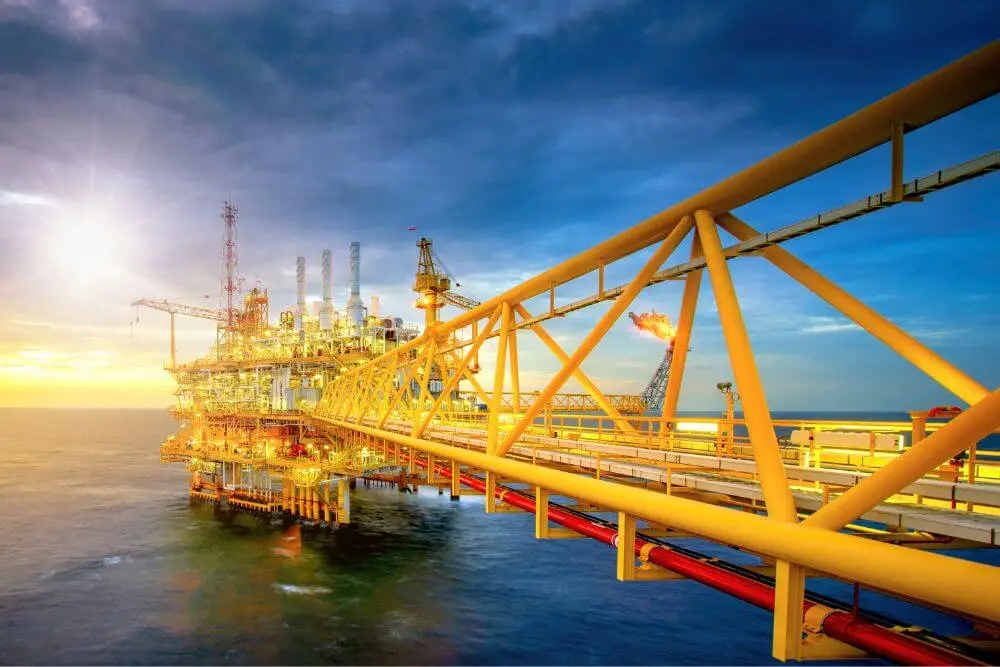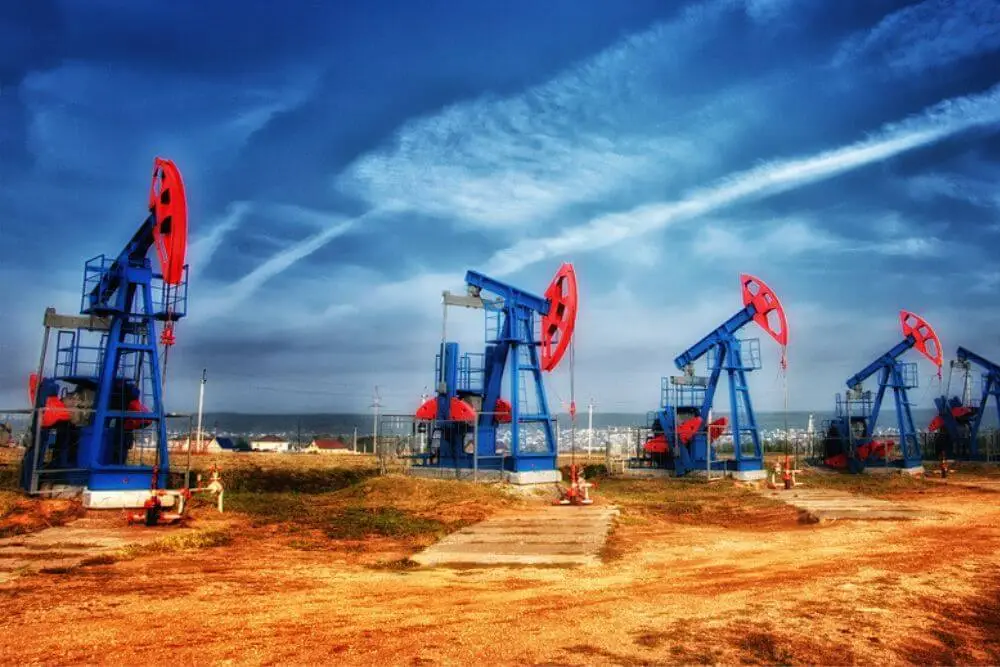Oil & Gas Safety Courses
These courses are designed to provide a comprehensive overview of the safety procedures and practices used in the oil and gas industry. They will cover topics such as identifying hazardous conditions, preventing incidents, personal protective equipment (PPE), fire protection systems, emergency response plans and more.
These courses will also explore risk management techniques that help mitigate risks associated with working around hazardous materials and the legal requirements of OSHA.
The Future Belongs To Those Who See Possibilities Today
At Safety Institute Pakistan, we understand the importance of preparing for the future. We strive to provide our students with quality education and training that will equip them with the skills and knowledge needed to be successful in their fields.
We are dedicated to helping our students find career success, so they can positively contribute to society. With our courses and qualifications, we are sure that you will be able to find success in your career path.





